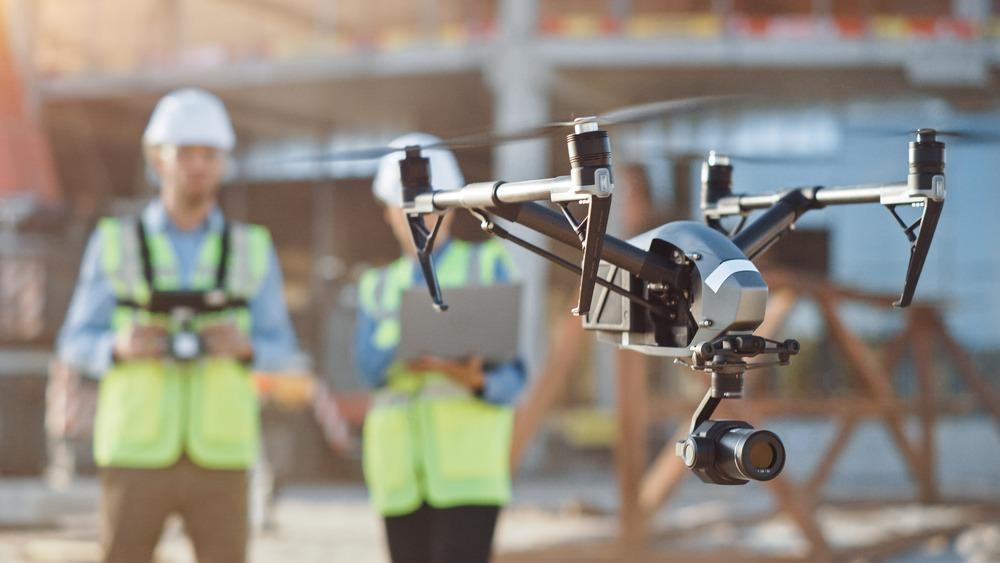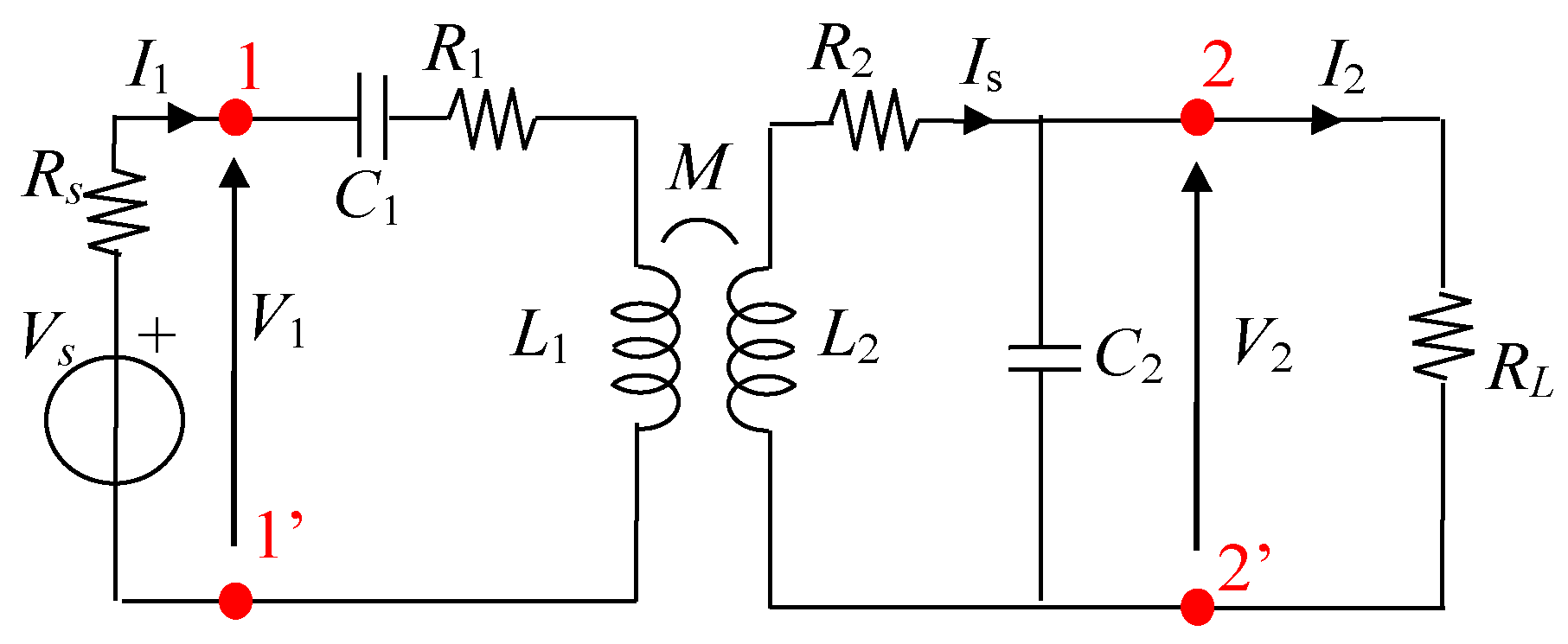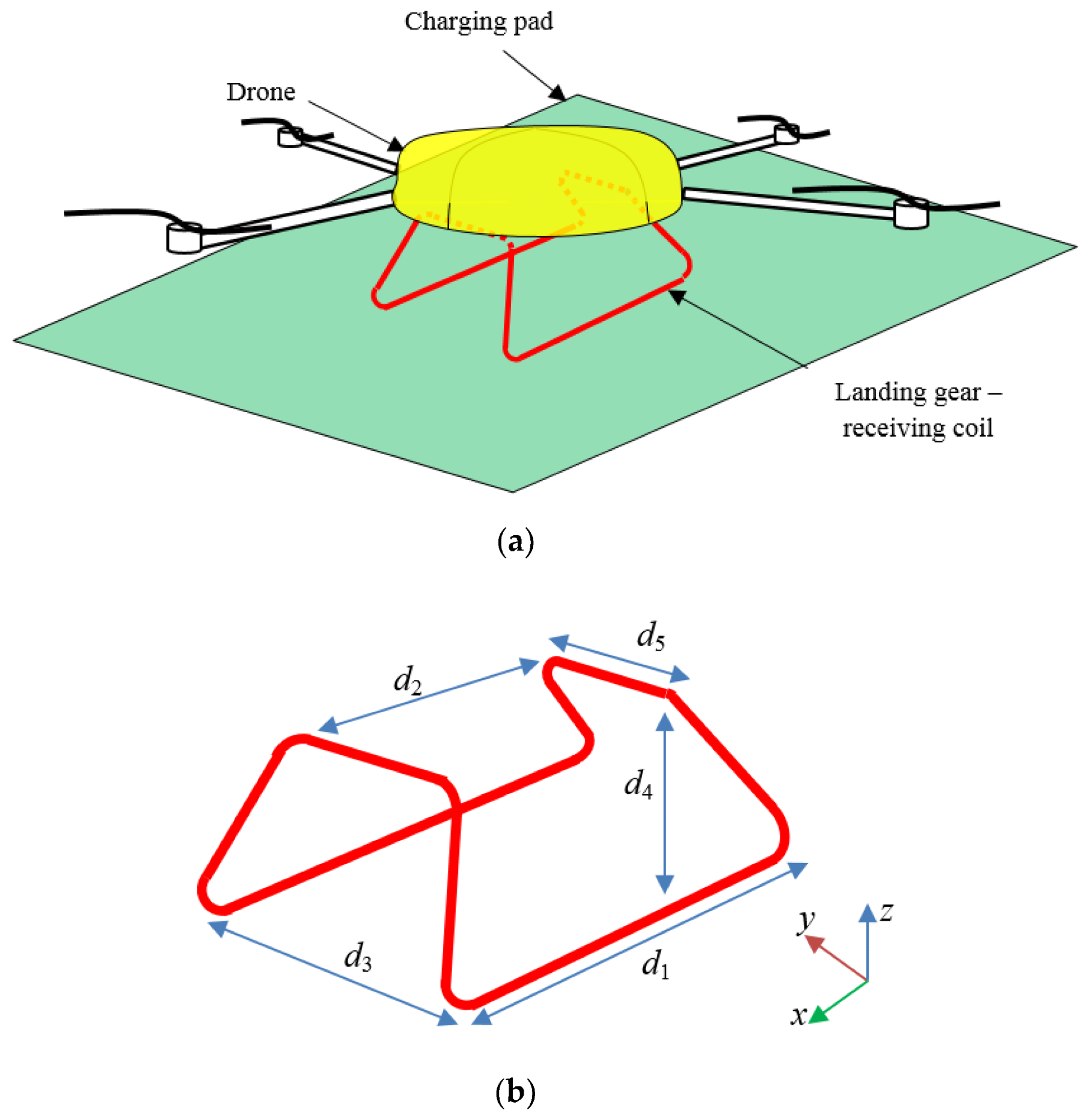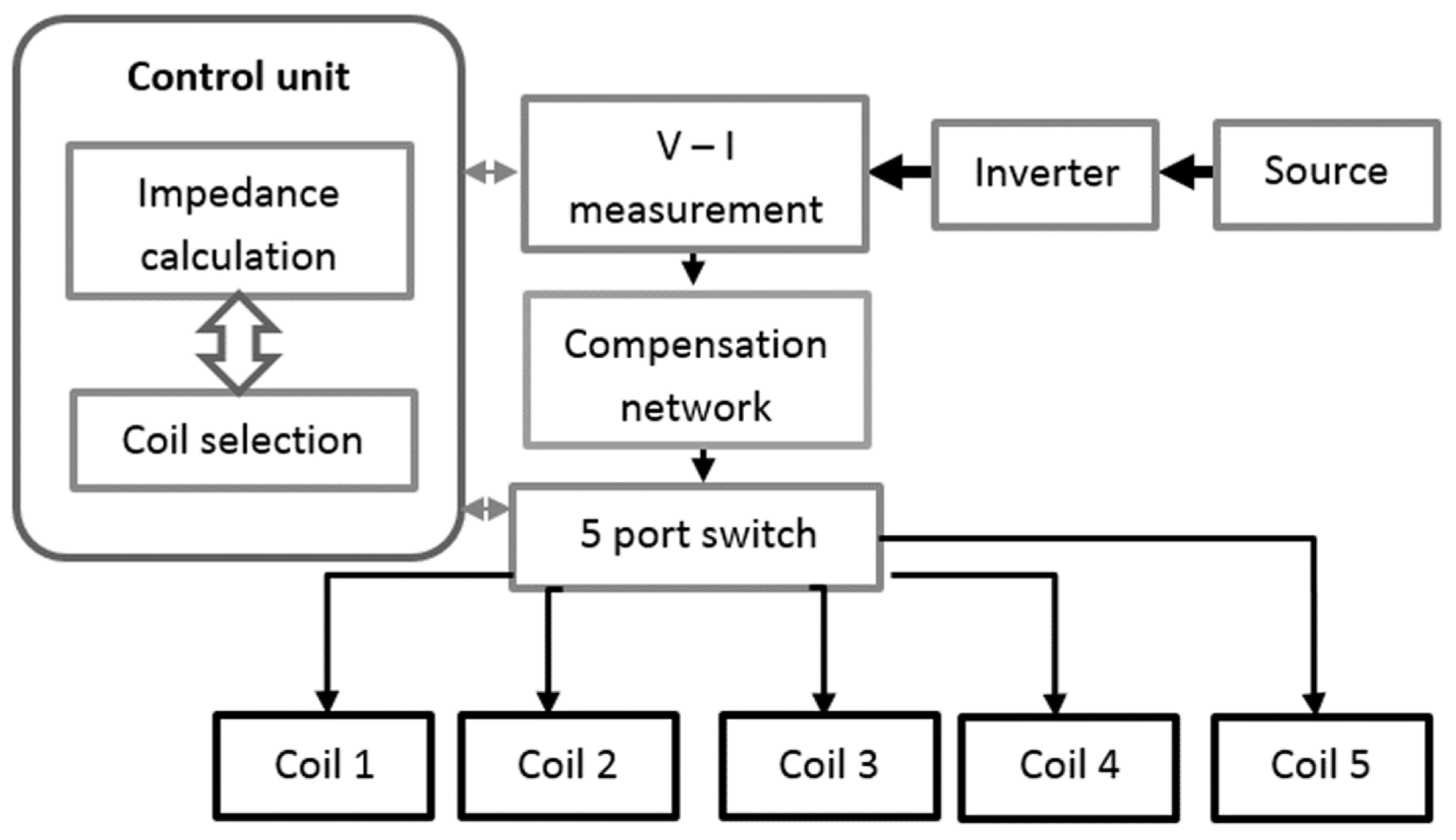Aerial drones are a growth industry, offering solutions to a range of problems. However, their use is limited by several factors including flight time. To overcome this issue, a paper published in Energies has presented a wireless charging pad design that uses resonant magnetic technology.

Study: Efficient Wireless Drone Charging Pad for Any Landing Position and Orientation. Image Credit: Gorodenkoff/Shutterstock.com
The Growing Use of Drones in Society
Drones are increasingly being utilized by numerous industries for applications such as surveillance, monitoring, and delivery. They are used for gathering information and delivering supplies during disasters, thermal sensing during search and rescue operations, crop spraying for agriculture, and mapping inaccessible terrain. They are also being increasingly employed by law enforcement and the military.
Drones typically employ between 4 and 8 rotor blades to provide lift and control during flight. They rely on lithium batteries for power. Despite their utility, some challenges exist in drone design that limit their widespread commercial uptake across society.

Simplified equivalent circuit of a WPT system with SP compensation. Image Credit: Campi, T et al, Energies
Limitations with Current Drone Designs
Drones are largely limited by their power capacity and flight time. Whilst larger capacity lithium batteries can be installed in them, this increases their weight and consequently reduces the payload they can carry. For this reason, drones must be recharged. Currently, charging requires human intervention, limiting the autonomy of the devices. The typical flight time of a drone is 40 minutes.
To overcome this limitation, wireless charging pads have been proposed for the drone industry that facilitates autonomous fast charging that extends the operational ability of drone technologies. Several designs have been explored by researchers in recent years. Wireless charging technologies are currently widely employed in several industries. A charge is transmitted from a transmitting coil within the ground base station to a receiving coil in the device that requires charging.

System configuration for drone wireless charging (a) and landing gear dimensions (b). Image Credit: Campi, T et al, Energies
Considerations for Wireless Charging Technology
Wireless charging devices for drones need to account for several factors. The main consideration is limiting the weight of the receiving coil onboard the drone to provide optimal operating efficiency. Another key consideration is the possible misalignment of both receiving and transmitting coils due to imprecise landing, which can affect the coupling of coils and therefore charging efficiency and performance of the system.
Different solutions have been proposed to overcome these issues. One proposed system is an inductive charging system that employs a receiving coil situated on the drone’s landing gear. Whilst this reduces the distance between transmitting and receiving coils, the presence of an external coil could interfere with mission-critical drone components such as cameras.
Another proposed solution involves using a large receiving coil to improve power transfer, but this adds extra weight to the drone. Additionally, systems that employ transmitters and receivers with multiple coils have been proposed, but this limits payload installation by taking up space. A further proposed system uses a transmitter installed on movable parts in the landing pad to overcome alignment issues, but whilst this improves electrical performance, it reduces the system’s reliability due to the moving parts.
Overcoming the Challenges in Wireless Drone Charging Systems
Overcoming these issues with a wireless charging system that is reliable and offers enhanced power transfer is central to research within the field. The paper published in Energies has presented a system that works on the basis of inductive resonance. Inductive resonance is based upon the magnetic coupling between multiple coils.
The design of the system employs five planar transmitting coils within the charging station, partially overlapping each other. The landing gear of the drone itself was turned into the receiving coil, with aluminum tubes selected for this purpose. The landing gear receiver does not add any weight to the drone and additionally, it does not interfere with payload elements like cameras or LiDAR systems.
The landing pad is highly insensitive to the drone’s landing position and additionally, the design can be scaled to fit the needs of multiple drone models in terms of power requirements and landing precision. The proposed design proved to perform well, with over 75% efficiency. The design was tested on a medium-sized drone that had a 0.5 kg payload.
The main advantages of the proposed wireless charging system are threefold. Full integration of the receiving coil and landing gear means that payload and weight are not affected, misalignment conditions are highly tolerated, and high charging power and superior electrical efficiency for every landing position and orientation of drones.

Feeding configuration of the multiple transmitting coils. Image Credit: Campi, T et al, Energies
The Future
In the study published in Energies, a highly efficient and reliable wireless charging system for drones based on magnetic resonance technology has been presented. This system will provide reliable, fast charging for drones, which will enhance their operational abilities by providing a degree of autonomy not realized with current charging strategies, aiding their commercial uptake across multiple sectors.
Further Reading
Campi, T et al. (2021) Efficient Wireless Drone Charging Pad for Any Landing Position and Orientation [online] Energies 14:23 | mdpi.com. Available at:https://www.mdpi.com/1996-1073/14/23/8188/htm#B11-energies-14-08188
Disclaimer: The views expressed here are those of the author expressed in their private capacity and do not necessarily represent the views of AZoM.com Limited T/A AZoNetwork the owner and operator of this website. This disclaimer forms part of the Terms and conditions of use of this website.